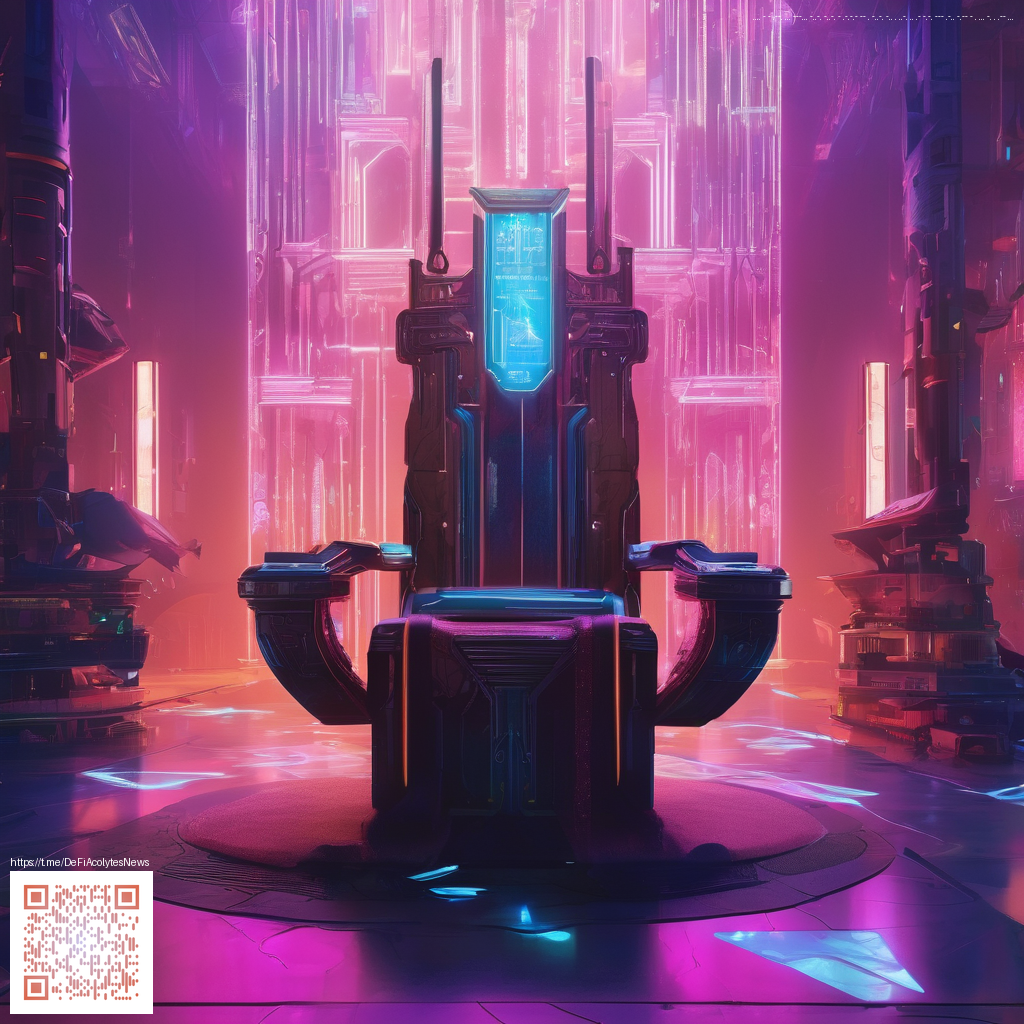
Okami against the field on PC and console
What sets this classic apart in a crowded genre
Okami remains a bold artifact in the action adventure landscape, mixing combat, puzzle solving, and a painterly world that feels like ink washed onto a living canvas. On PC and modern consoles you can sense the clarity of the line work and the glow of the color palette even as you chase down devious temple guardians. The core appeal is not just the battles but the act of painting to reshape the world, an idea that early rivals like Twilight Princess touched on but never matched in such a directly gameplay driven way.
Across platforms the core concept holds steady while presentation scales up. Console versions delivered a faithful port with smooth frame pacing and preserved theatrical boss battles, while the PC port opened doors to higher resolutions and flexible graphical options. The net effect is a game that feels timeless in its design yet responsive to contemporary hardware, inviting both nostalgia and new discovery in equal measure. 💠
Gameplay mechanics and platform performance
The Celestial Brush remains the heartbeat of the experience. Drawing symbols to summon winds, fire, or healing effects requires timing and attentiveness, turning exploration into a rhythm puzzle as well as a combat encounter. On PC you can lean into graphical refinements and frame rate targets, which helps the watercolor world feel even more dynamic during fast action sequences.
Combat system blends melee and magic in a way that rewards situational thinking. Weak points surface after you unleash a sequence of brush attacks, inviting players to chain moves for critical damage. Bosses are repeatedly memorable, weaving mythic motifs with clever stage mechanics that demand adaptation rather than repetition. In platform terms, this means a well paced tempo that keeps players engaged without grinding through filler content.
Compared with other high profile action adventures from the era, the game’s emphasis on atmosphere and environmental manipulation stands out. The result is a title that rewards patient observation as much as quick reflexes, a combination that often fuels engaging speedruns and creative playthroughs on PC and console alike.
Modding culture and community trends
The PC community around this game shines with texture mods, shader tweaks, and UI improvements that honor the original painterly vibe. Fans push for 4K textures that do not destroy the signature softness of the brush strokes, and shader packs aimed at preserving the ink wash effect on modern monitors. Modders share tweaks that keep the visuals faithful while maximizing clarity for longer play sessions.
Console players benefit from the shared knowledge base built by the modding scene, even as they enjoy a more curated experience. Content creators frequently publish challenge runs, route optimizations, and aesthetic showcases that celebrate the game’s art direction. That culture matters because it keeps the conversation lively long after the credits roll, and it helps new players discover why this title remains relevant.
For fans who love the behind the scenes, the consensus is that the developer intent to preserve the original art style while improving accessibility shows a rare respect for the source material. Community tools for comparing texture work and lighting setups demonstrate a healthy, collaborative ecosystem that sustains interest across years of play.
Update coverage and developer commentary
The HD remaster wave began with console ports in late 2018, bringing the art style and core mechanics to a broader audience. The PC port followed soon after, enabling higher resolutions and configurable visuals that appeal to players chasing a cleaner, crisper look. While the update cadence focused on preservation and quality of life rather than sweeping engine changes, the conversations around these patches highlight a careful balance between fidelity and accessibility.
Developer commentary emphasizes a deep reverence for the original artistic ambition. The teams discussed maintaining the sumi-e aesthetic while updating lighting, anti aliasing, and texture fidelity for modern displays. This approach resonates with fans who want a faithful experience that still feels contemporary, which in turn energizes conversations about potential future ports or enhancements.
Related reads
Explorations of how classic adventures influence current design philosophies, and how remakes shape community expectations, provide useful context for this title. Several pieces discuss the tension between preserving legacy visuals and leveraging modern tech to widen accessibility. Others illuminate how art style choices shape player perception and how fan communities keep conversations alive long after release windows close.